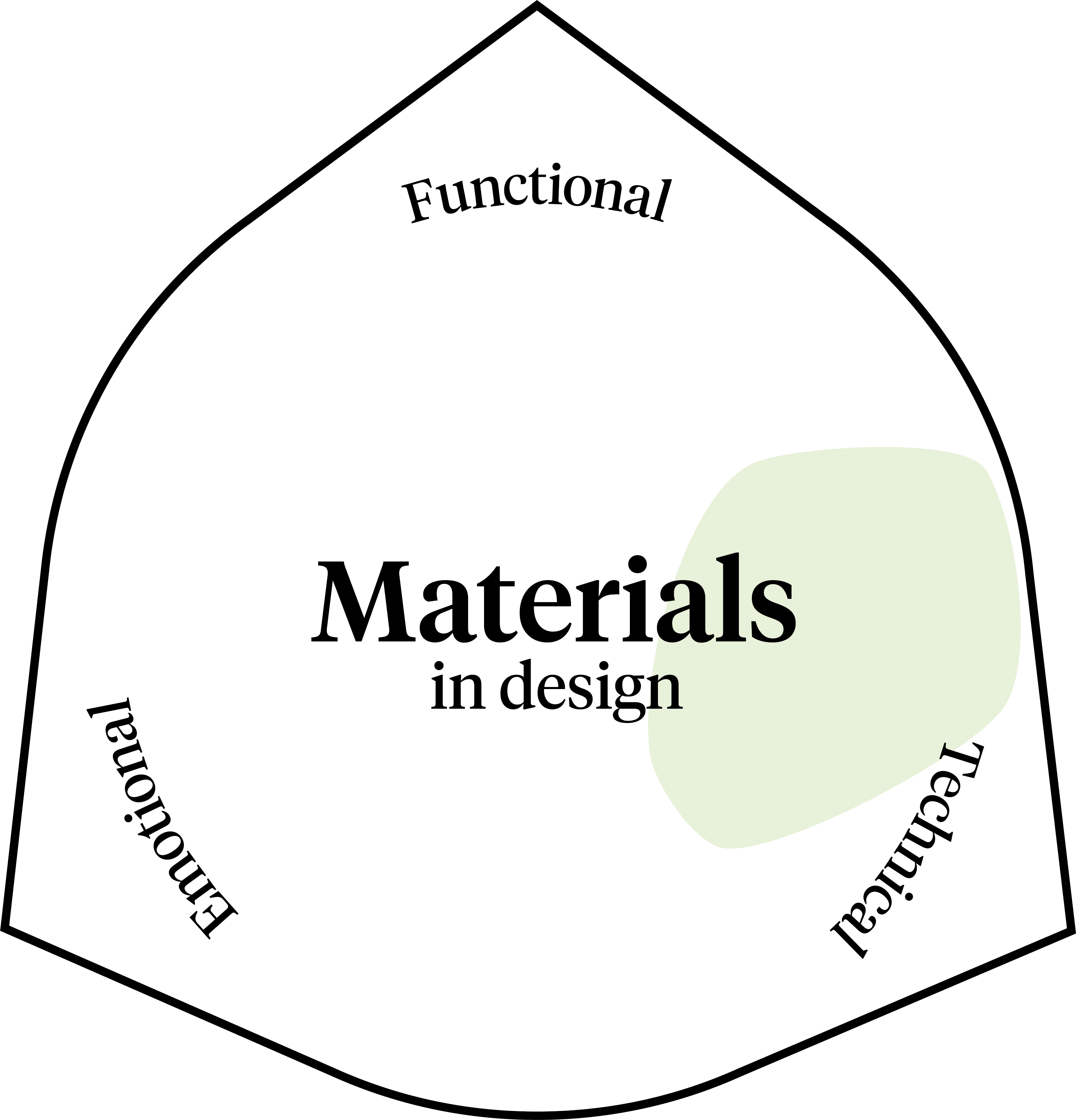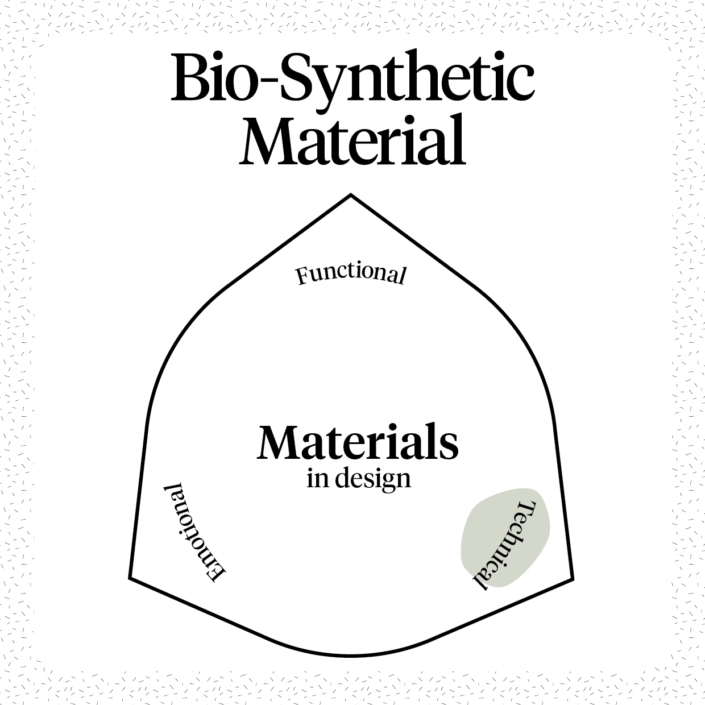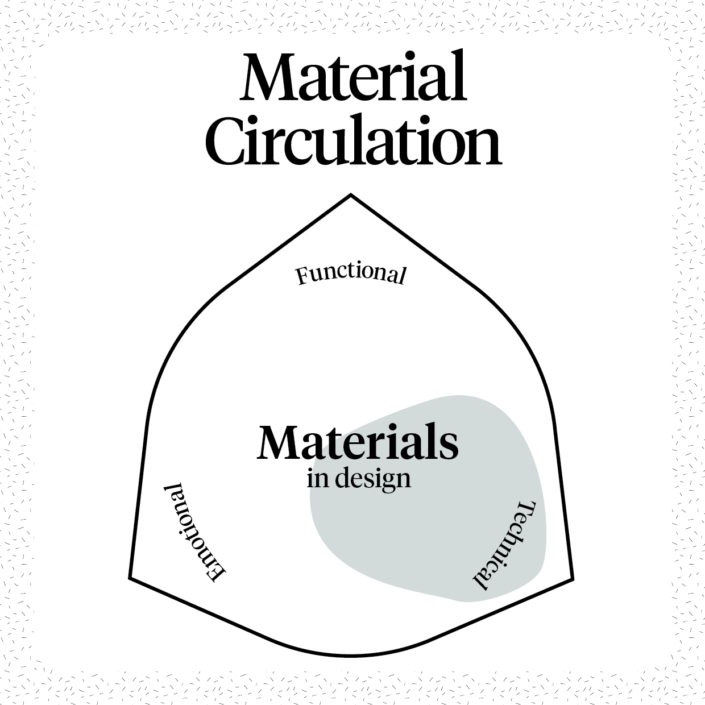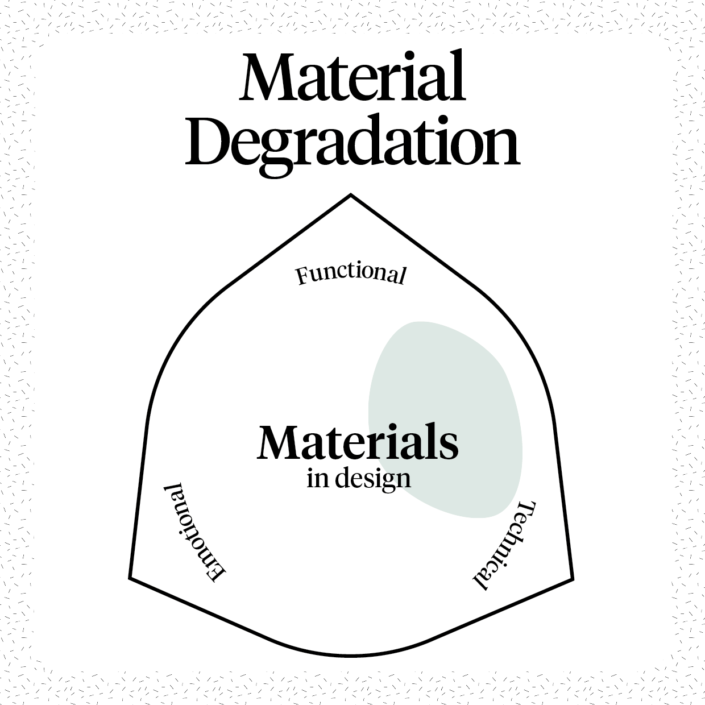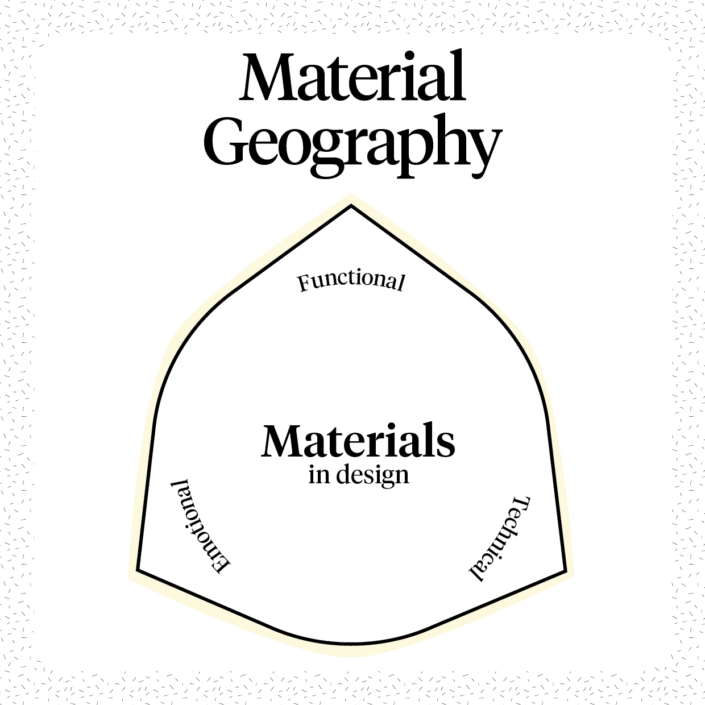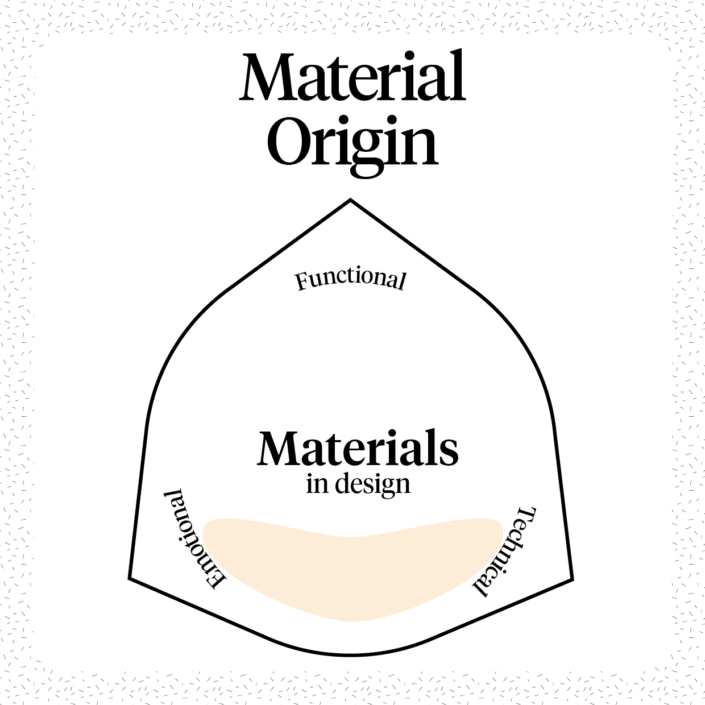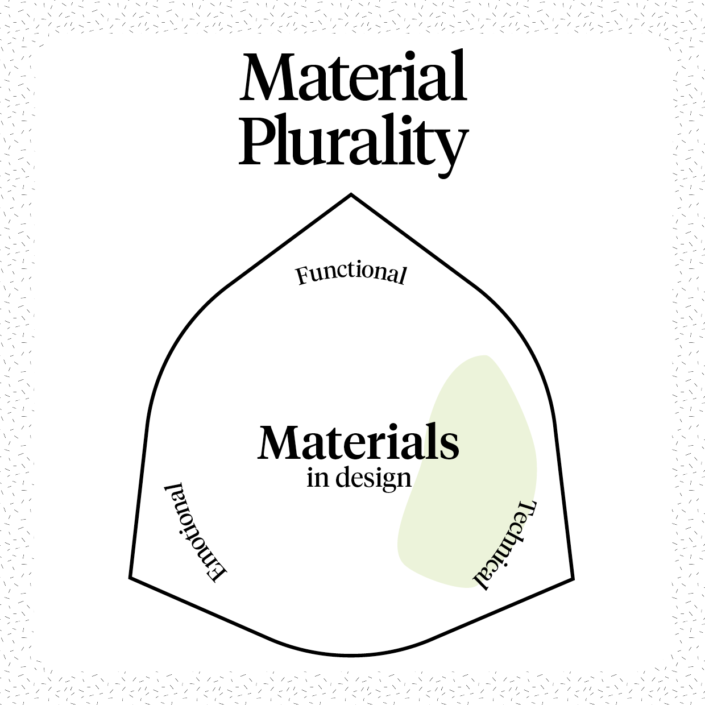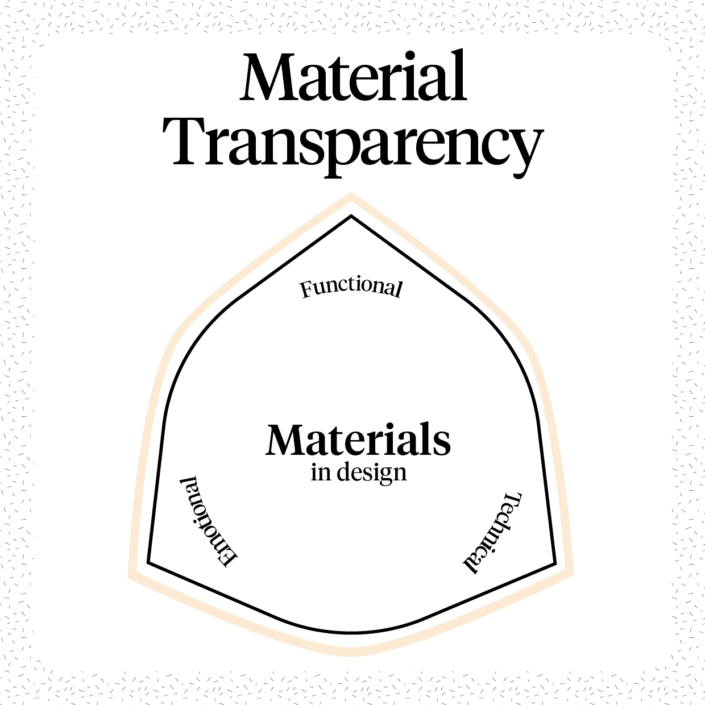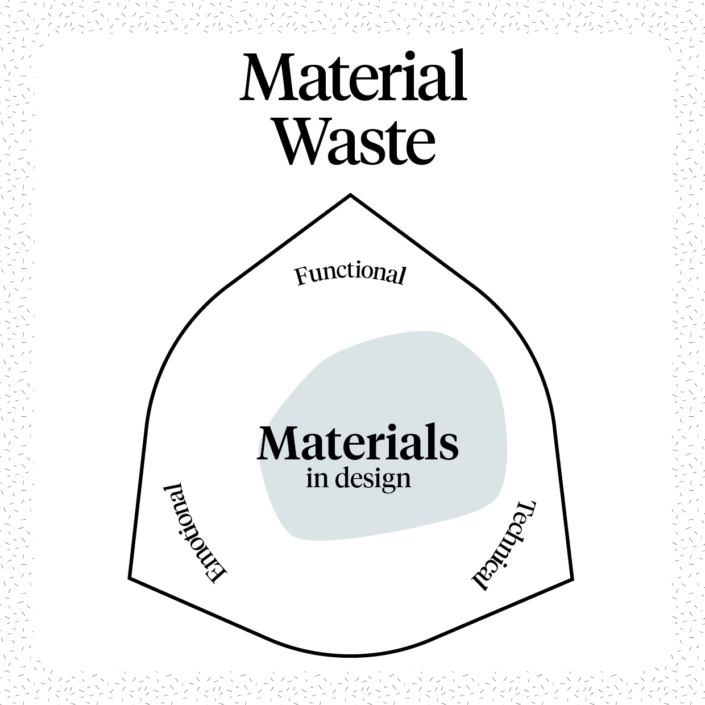What?
Material scarcity considers our need and dependency of current and future materials (e.g. for consumer electronics and electric cars), hereunder those that are increasingly difficult to source due to political, economic, technical or environmental challenges. This is also called ‘material criticality’.
Why?
The more difficult it becomes to extract certain raw materials, the more vital it is to consider critical material challenges through circular design solutions, efficient resource use and optimised product lifespans, design for disassembly and recycling and to substitute and promote research on alternative material resources.
Challenges
- Missing or insufficient systems (both infrastructural and product systems) for reclaiming materials from waste.
- As some materials become scarce, who decides which uses are prioritised and who has access to them?
- Designing technologies that allow disassembly might compromise technological functionality.
Examples
- The Rare Earthenware project by studio Unknown Fields Division
- Jorien Wiltenburg’s Micro Urban Mining: Extracting electronic waste
- Fairphone’s takeback system for old phones to enhance material reuse.
Further Reading
Ashby (2013). Resource Consumption and Its Drivers (Chapter 2). In: Materials and the Environment: Eco-Informed Material Choice. Butterworth-Heinemann, pp.15–48.
Fitzpatrick (2017). Conflict minerals and the politics of stuff (Chapter 13). In: Chapman (ed.). Routledge Handbook of Sustainable Product Design. Routledge, pp. 197-205.
Graedel et al. (2012). Methodology of Metal Criticality Determination. Environmental Science & Technology 46 (2), pp. 1063–70.

